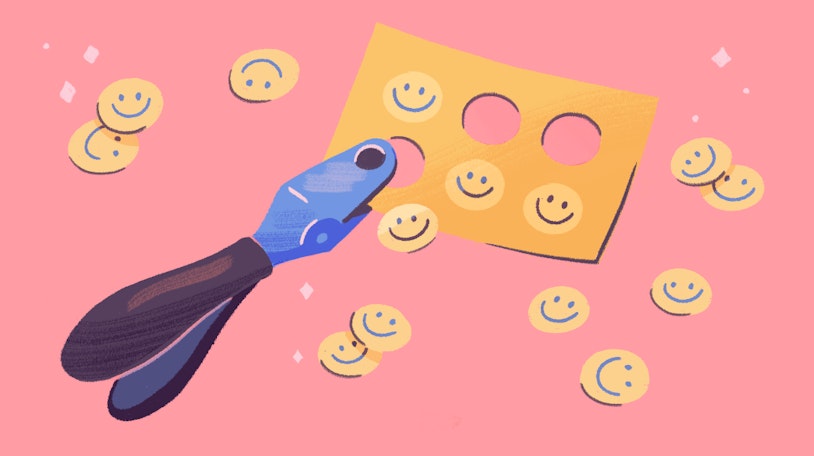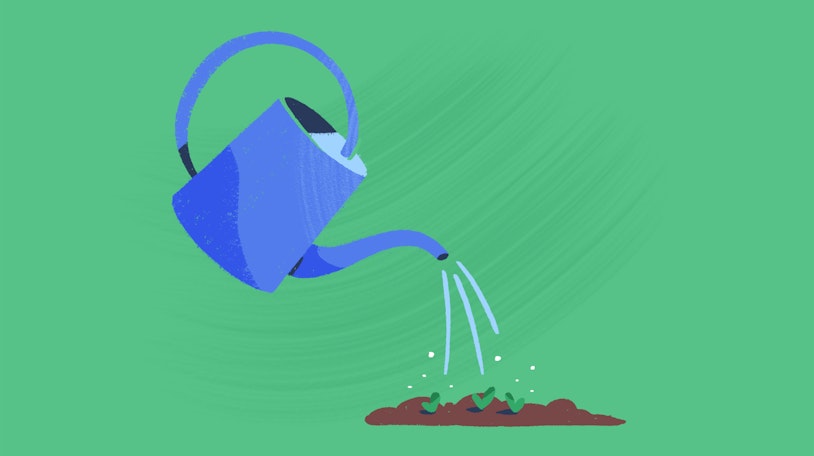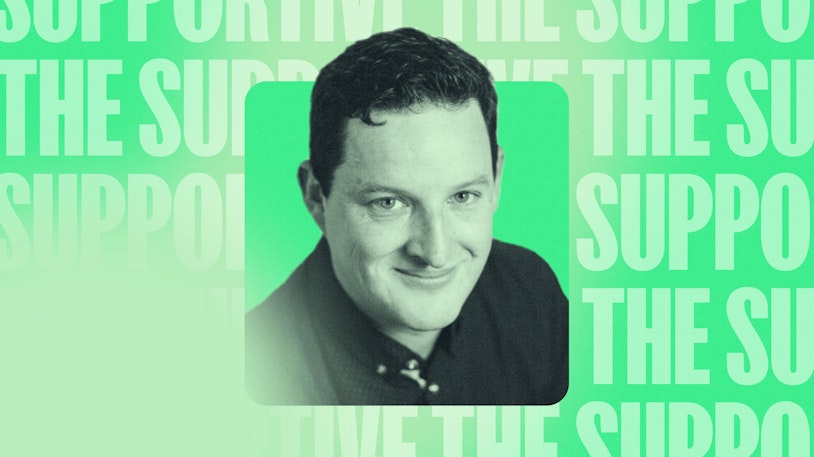Years ago, I took a trip to Vancouver, British Columbia. I’ve always been a fan of a good flight deal, and this time I found a great itinerary flying Delta. The only downside was that it had me returning home on an 8 a.m. flight. While an 8 a.m. departure may not sound too bad, this was an international flight.
Every airline — Delta included — tells you to arrive at least three hours before an international departure. While 8 a.m. might sound reasonable, 5 a.m. is another story! Of course, no one really shows up three hours early, right? I never had, and it had always worked out just fine.
So, being the confident traveler that I am, I didn’t stress. Instead, I showed up closer to six, with luggage in hand, ready to be checked. Then, I spied the security line — it went through three different terminals with no end in sight.
Such a large backup at security didn’t feel normal, and after investigating a bit, I found out that many of the airport’s workers had gone on strike that morning. I’m never mad at a strike, but the timing of this one was a little bit less than ideal.
At this point, the worry set in.
There was no way I was going to make my flight, and I had never had to make a same-day flight change before. While I had always had a good impression of Delta and its service, I had no reason to believe they wouldn’t charge me an arm and a leg to rebook. After all, if I had just shown up on time, I probably wouldn’t have been in this situation.
Nervously, I dialed the number, and, to my surprise, within about 20 minutes, I was booked on another flight with plenty of time to get through security, all for the price of a burrito bowl. To make it even better, the new return flights had me flying on newer planes and only arriving two hours behind my original itinerary.
Delta took care of me that day, and it made a lasting impression. Even now, after moving away from Atlanta, Delta’s main hub, to a city with far less support, I’m still locked in. I sing their praises every chance I get and even signed up for a Delta SkyMiles credit card. At this point, there’s very little they could do to shake my loyalty.
Well, they could take away the in-flight Biscoff cookies.
I love Biscoff cookies.
Customer support’s role in fostering customer loyalty
You may be wondering why I’m telling you about my love of Delta and its snacks. I promise it’s for a good reason. At the core of this story is the concept of customer loyalty — how businesses foster it and what motivates customers to offer it.
In this scenario, Delta recognized and acted on the opportunity to turn me into an advocate for their brand. They saw the problem I was experiencing, made me feel safe once I contacted their team, and went above and beyond when providing a resolution. Now, years later, they’re still my first choice when traveling.
When a customer reaches out to us for help, that’s a great place for us as support professionals to start. What can we do in our work with customers to make them feel welcome and cared for while also making them feel that their money is well spent?
A customer-centric approach
The answer to the question above will vary a bit from team to team, but at Help Scout, we focus on customer-centricity. We aim to center our customers' needs, goals, and concerns in everything we do, from deciding which features and bug fixes to prioritize to selecting the type of customer resources we publish on our site.
For a couple of examples of how customer-centricity plays out in our approach to customer experience, we can look to a couple of recent situations we faced: a Sender Policy Framework (SPF) revamp and the rollout of our new Inbox experience.
The SPF revamp of 2024
If you’re like most people, you probably don’t spend a lot of time thinking about how email actually works — you just type your message, add the email address of the person you’re sending it to, and hit send. The truth is that a lot goes on behind the scenes to make email happen, and one of those things is the email authentication process.
Email authentication is the procedure a recipient’s email server goes through to determine if an email is actually from who it says it’s from. SPF is a method of email authentication that aims to cut down on spam, spoofing, and phishing attempts by allowing domain owners to specify the email servers allowed to send emails on their behalf.
In late 2023, Google and Yahoo announced that they’d be changing their authentication guidelines. To comply with those changes, Help Scout needed to remove the ability to authenticate a domain via an SPF record. That change meant that some of our customers — the ones who used our servers to send emails from a custom email address — would need to update their settings or Help Scout would stop working for them.
When we became aware of the change, we knew we needed to act quickly and thoughtfully. We developed a plan for notifying affected customers ahead of the change. This included a series of emails letting those customers know what was changing and what they needed to do to prepare.
In addition to informing customers, we also needed to ready our support team. We created our normal release resources, including saved replies and “cheat sheets,” which are essentially internal knowledge base articles covering everything our team needs to know about an issue.
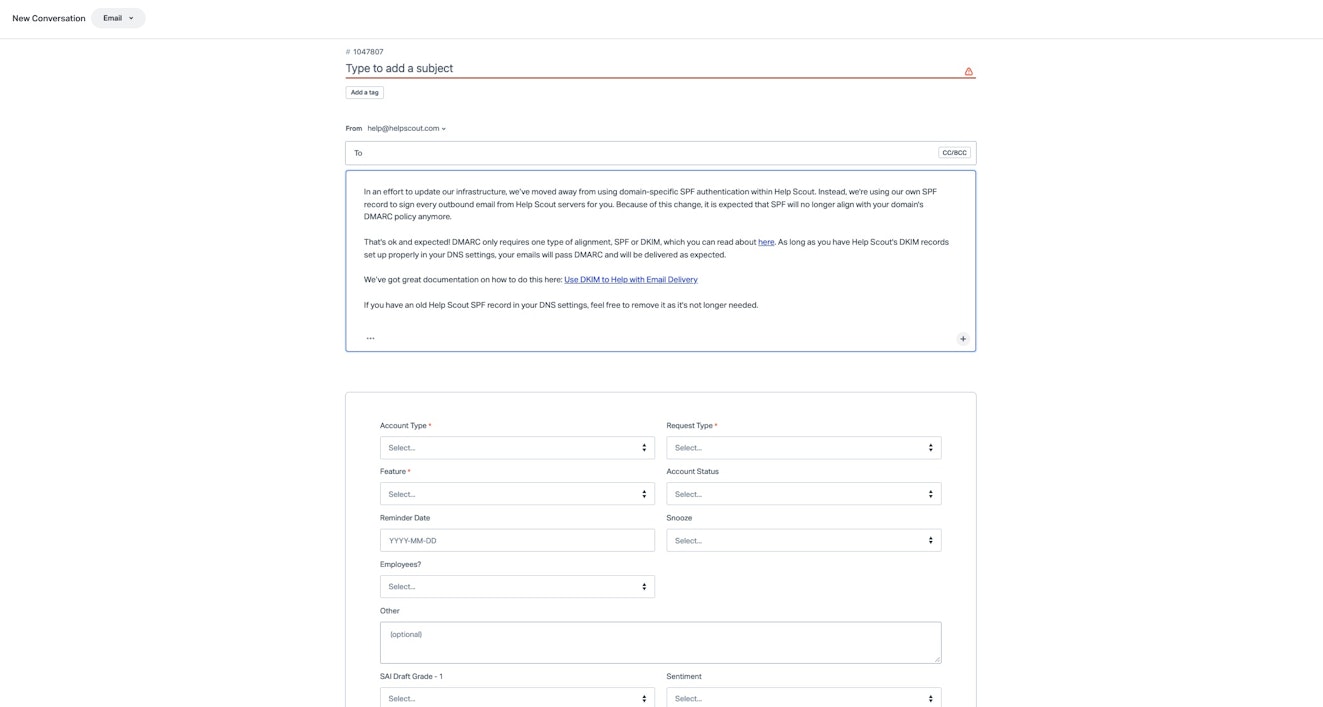
Given the impact of this change, we also decided to create what we refer to as a “mini team,” which is a group of technical support specialists designated to be subject matter experts on a release. The SPF mini team worked in the queue and focused on any incoming questions surrounding the authentication changes. This ensured that customers were getting the best help possible and provided the rest of the support team somewhere to turn if they had any additional questions.
If all of the above sounds like a lot of work, it’s because it is a lot of work!
The truth is, the number of customers likely to be affected was a very small percentage of our user base. So, if you look at things from a purely numerical perspective, many companies wouldn’t have viewed our approach as cost-effective or necessary. And it’s true that for some, a reactive strategy might’ve been a more ideal use of resources.
However, Help Scout is not many companies. Because we approach everything from the customer's perspective, the call to create our plan of action was easy. The authentication updates would have introduced a breaking change for some customers. If we can avoid a service interruption with proactive communication and proper support, then that’s what we’re going to do.
Reactive support may provide an OK customer experience, but it isn’t a good experience.
Launching Help Scout’s new Inbox
Though we always approach a release with the same level of support, empathy, and planning, releases with a broader impact can (and do) affect how we manage change for our customers.
For years, the Help Scout Mailbox stayed fairly consistent in terms of looks and functionality. That stability in UX can be super helpful for support folks. Working in the queue comes with its own set of unique challenges, and having a tool that allows you to find your groove can be invaluable while working through large numbers of conversations.

While that consistency can be great, it can also be limiting.
Over time, tools need to evolve to match both technological advances and customer expectations. Our customers may value the comfort of knowing exactly where everything is in Help Scout. Still, their business needs and use cases are also evolving with the times, and it’s important for us to think about how we can grow with them.
It’s a responsibility that we don’t take lightly. Any change, good or bad, can be disruptive, so when it became clear that it was time to rethink our Inbox experience, we had to consider not only what new features or UI changes we were going to make but also how we could make the updates a positive experience for our customers.
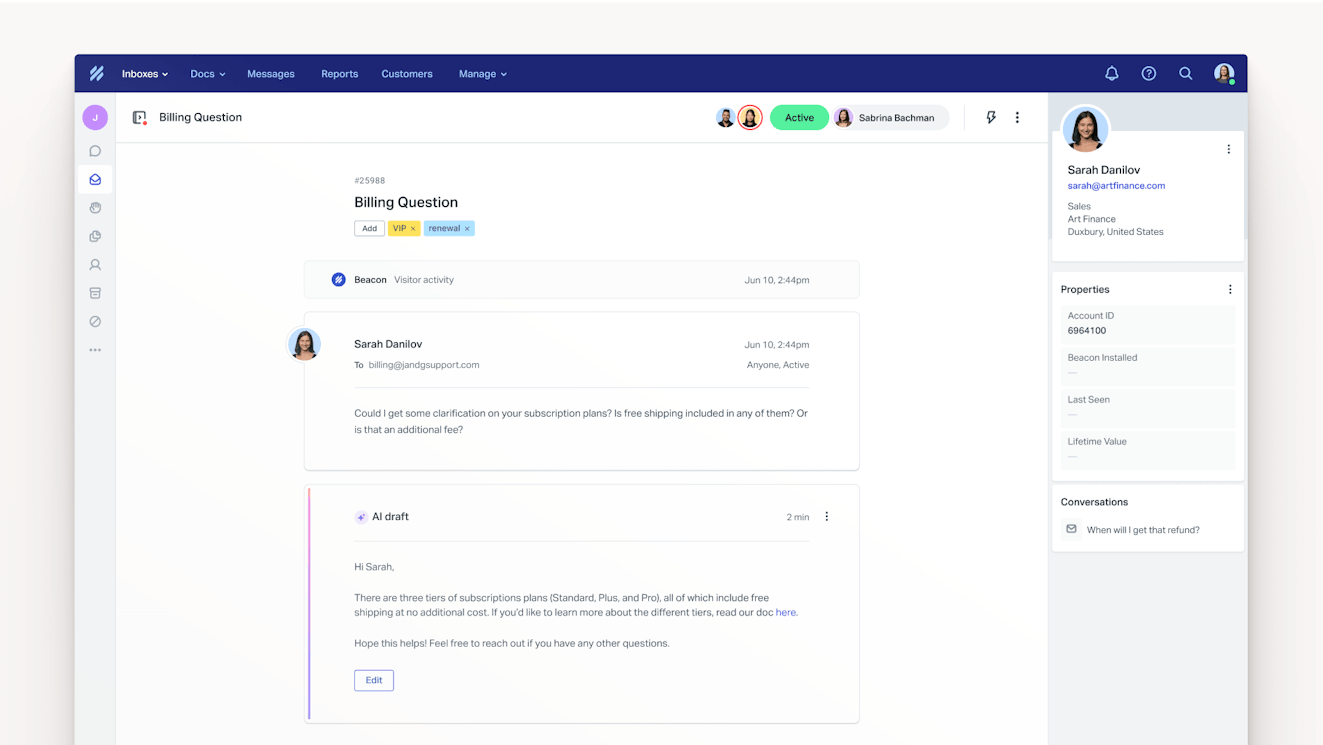
We decided that as we rolled out our new Inbox, we would allow existing customers to toggle between the two experiences to ease the change. This choice allowed us to meet the needs of our customers who were eager to try our new features while being sensitive to customers who had built up a high level of efficiency with our platform and weren’t ready to take the leap.
Finally, we also wanted to give our customers agency. Being a customer-centric company means listening to and learning from our customers, especially when rolling out new functionality. We encouraged customers to provide feedback on the new Inbox experience both via conversations with our support team and through in-app surveys. Feedback helps us learn whether we’re on the right track with our improvements or if there are areas where they fall short. Both perspectives are valuable and both are encouraged!
Customer loyalty is earned
Companies often approach customer loyalty as something you “get,” but that’s not how I see it. Customer loyalty isn’t something that you get; rather, it’s something that businesses earn when they provide customers with an excellent product and an excellent experience using that product.
When the airport workers’ strike (and my own dilly-dallying) landed me at the end of a long security line, Delta took care of me. Rebooking was a breeze, and I never once felt like a problem or a nuisance. Every part of the experience contributed to the loyalty I still feel for Delta today.
At Help Scout, our goal is to help businesses deliver delightful experiences, and we do everything in our power to make that happen. Whether it’s ensuring that customers don’t experience an unexpected disruption in service or thinking of ways to ease the discomfort of change, we do our best to keep our customers at the heart of our actions.
We’ve all been customers at some point, and chances are you have encountered a product you love that comes with a customer experience that misses the mark. Sure, you may continue to use that product, but it’s not something you look forward to or discuss with others (or if you do, it’s usually to commiserate, not celebrate).
As support professionals, we may not be able to influence every decision our company makes. However, it’s important to remember that a lot is in our control. We can greet each customer interaction with empathy, proactive solutions, and an attitude that lets our customers know that their experience with our product matters.
Because it should, and it does.



